Contents
The climate of most regions is not very suitable for gardening. Therefore, domestic breeders are actively working on breeding zoned varieties and hybrids – more hardy and cold-resistant. This category also includes the northern baby tomato. Gardeners appreciate it for its precocity, consistently high yields, good immunity, and very good taste of the fruit.
History of breeding
The creator of the northern baby tomatoes is the “private trader” breeder V. I. Kozak. He is also listed in the State Register of Breeding Achievements as the originator. The new variety received “official recognition” in 2007, a year after the application for its registration was filed.
Tomato Northern baby has successfully passed variety tests in most regions. Experts recognized it as suitable for the southern subtropical, and for the temperate (central zone of Our Country), and for a more severe climate. But, as the name implies, the variety was created primarily for regions not very suitable for agriculture – the north and north-west of the European part of Our Country, the Urals, Siberia, the Far East.
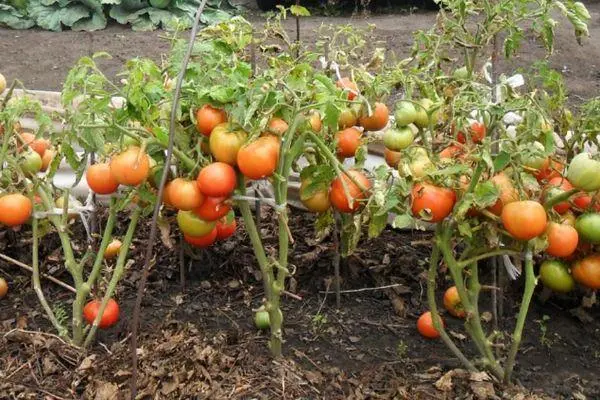
Seeds of the Northern baby are produced by several agricultural companies, including Gavrish and Aelita
Description of the variety of tomato Northern baby
In terms of ripening, the northern baby tomato belongs to the category of early ripening. It takes 80-95 days for the fruit to ripen from the moment the seeds germinate. Such a “scatter” of terms is easily explained by the variety of climatic conditions in the regions. In the south, the northern baby tomato can even be classified as ultra-early.
The bush is determinant. This means that upon reaching the “specified” height by the breeder, he stops growing. It varies between 40-55 cm, depending on whether the bushes are planted in open or closed ground.
Plants are relatively sprawling, “squat”, with a powerful stem. The leaves are medium in size, typical for tomatoes. Inflorescences are simple.

Bushy bushes of the northern baby variety cannot be called
Fruits are typical for tomatoes rounded shape. The peel of the classic “tomato”-red hue, glossy-shiny. Tomatoes Northern Baby are medium-sized, one-dimensional (45-60 g). The maximum weight of individual fruits is 80-100 g. The pulp is of medium density, “grainy” on the cut. The taste is not bad, but not outstanding – sweetish, with a noticeable sourness.
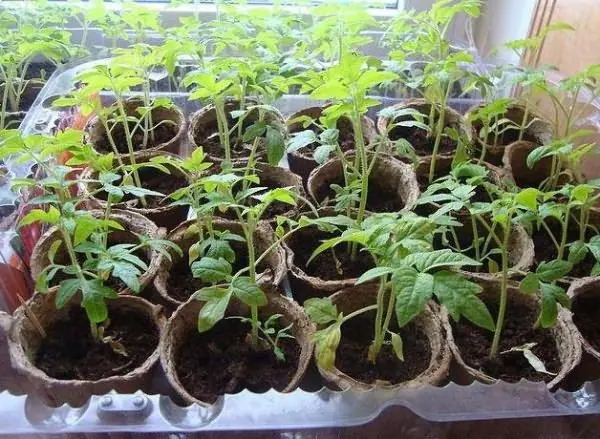
Each fruit has 3-5 chambers, there are very few seeds inside, they are small, often underdeveloped
Characteristics of the northern baby tomato
According to official data, the northern baby tomato is intended for cultivation in open ground. But gardeners successfully cultivate it in greenhouses, greenhouses.
Tomato yield Northern baby
Tomatoes Northern baby are distinguished by mass fruiting. The first “wave” is about half of the total harvest. Tomatoes are removed in the first or second decade of July. You can count on about 2-3 kg per 1 m².
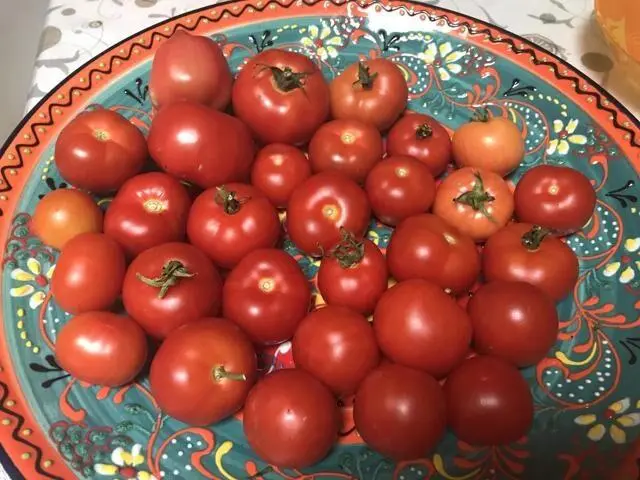
Temperature fluctuations and cool summers practically do not affect the yield
Disease and pest resistance
Northern baby tomatoes get sick extremely rarely. The variety has “innate” immunity to top and root rot. Infection with other pathogenic microflora is not observed, even if the fungi attack bushes of other varieties located nearby in the garden.
Phytophthora plants simply do not have time to become infected – the disease manifests itself towards the end of summer. By this time, the entire crop is already being harvested from the bushes of this variety and removed from the garden.
Ways to use
By appointment, Northern Baby tomatoes are officially recognized as salad tomatoes and suitable for whole-fruit canning. Due to their small size, they are convenient to lay out in banks. After heat treatment, the skin cracks in places, but the tomatoes retain their pulp density and bright color.
In general, gardeners believe that these tomatoes can be called universal. Tomatoes are suitable for any first and second courses, making homemade ketchups, tomato paste, juices. Dense pulp allows you to dry and freeze them.
Advantages and disadvantages
The steady popularity of the northern baby tomato among gardeners is explained by a complex of its advantages:
- suitability for cultivation in almost any region;
- the possibility of landing in open and closed ground;
- lack of care;
- growing bushes without pinching and shaping;
- general endurance, “stress resistance”, the ability of bushes to develop and bear fruit in far from optimal conditions;
- the possibility of a “compacted” landing (saving space in the garden);
- early harvesting, “friendly” fruiting;
- good immunity, non-susceptibility to all types of rot;
- external presentability, one-dimensionality of fruits;
- good taste qualities of tomatoes, the versatility of their purpose;
- suitability of tomatoes for transportation.
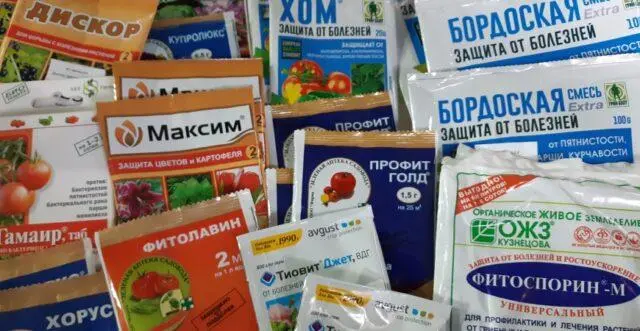
Tomato Northern Baby has been worthy of “competition” for almost 15 years
It was not possible to identify objective serious shortcomings for the entire time of cultivation of the variety by amateur gardeners. Some indicate as a relative minus the need for “enhanced” dressings. Due to the rapid pace of development and good yields, the bushes need higher doses of fertilizers.
Still sometimes, as a disadvantage, the need to purchase seeds annually is noted. Theoretically, they can be collected on their own, but in practice there are very few of them in northern baby tomatoes, most of them are underdeveloped.
Peculiarities of growing
Since gardeners grow northern baby tomatoes mainly in the conditions of the short Ural or Siberian summer, they practice pre-growing seedlings. It is transferred to open ground when the risk of return spring frosts is minimized – in the last ten days of May or in early June. Seedlings of northern baby tomatoes can be planted in a greenhouse or greenhouse earlier – in early May.
About a week and a half before planting, seedlings begin to harden off. This will help her quickly adapt to new living conditions. Northern baby tomatoes are taken out into the open air daily, increasing the time they spend on the street.
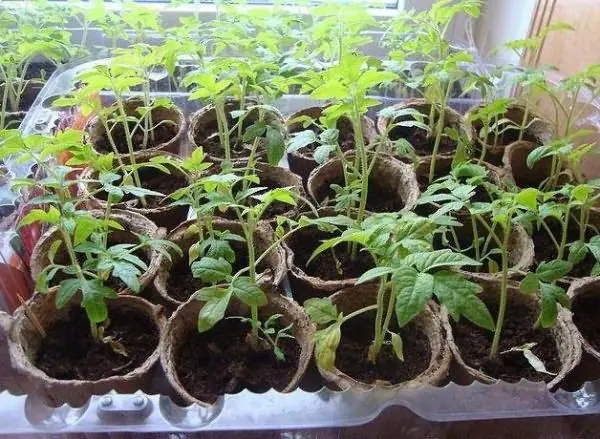
The “adult” seedlings, suitable for transplanting into the garden, have 5-6 true leaves, it grows up to 12-15 cm in height
It is advisable to choose a place for a garden bed that is well lit and warmed by the sun, although Northern Baby tomato bushes tolerate light partial shade well. Direct rays do not harm them in any way, they do not affect the volume and quality of the crop. High nutritional value of the soil is an optional condition, it can be “adjusted” with fertilizers. But it must be loose so that water does not stagnate in the soil, and air flows freely to the roots, and with a neutral acid-base balance.
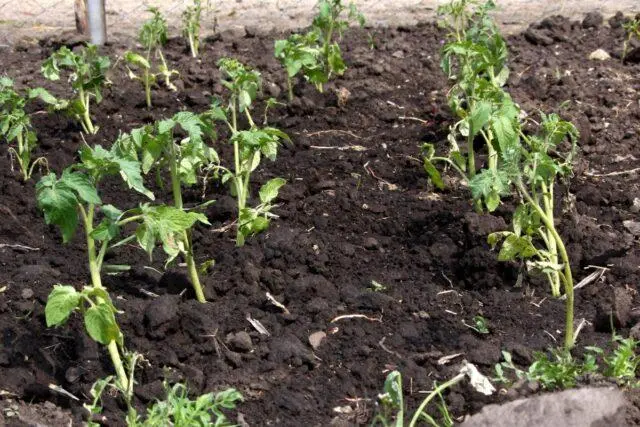
Excessive “crowding” in the garden negatively affects the development of tomato bushes
About a week before planting, the bed is dug up, at the same time about 1-3 liters of humus and 5-20 g of complex nitrogen-phosphorus-potassium fertilizer are applied per 30 m². Top dressings need to be embedded in the soil.
The most important agrotechnical measure for northern baby tomatoes is watering. In the first week after transplantation, the soil is not moistened. It is enough that the holes and seedlings in containers in front of it are abundantly spilled with water.
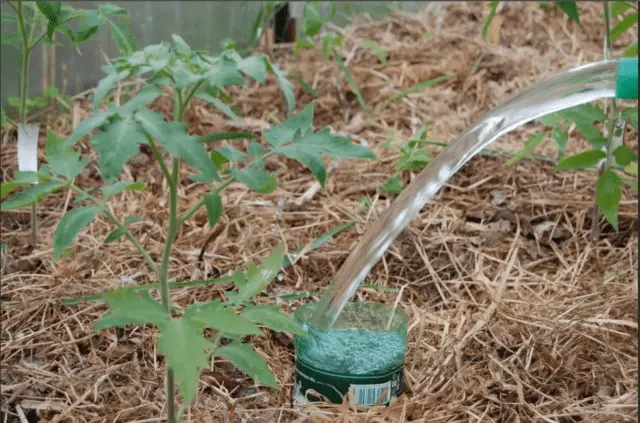
Tomatoes are watered in any way that excludes drops on the leaves and fruits.
Short-term “drought” this variety tolerates better than regular waterlogging of the soil. On average, the bushes have enough weekly waterings (5-7 liters per plant). But the intervals are constantly changing – this is influenced by the air temperature outside, the frequency and intensity of precipitation.
Watering northern baby tomatoes is best in the evenings. The water should be relatively warm (22-25°C) and soft. The plumbing will have to be defended first.
Feed the northern baby tomatoes three times:
- 2,5-3 weeks after transplanting seedlings to the garden;
- when flowering the second fruit brush;
- when forming the third.
Plants respond well to natural organic matter. But it is still desirable to use complex store dressings designed specifically for tomatoes or Solanaceae.
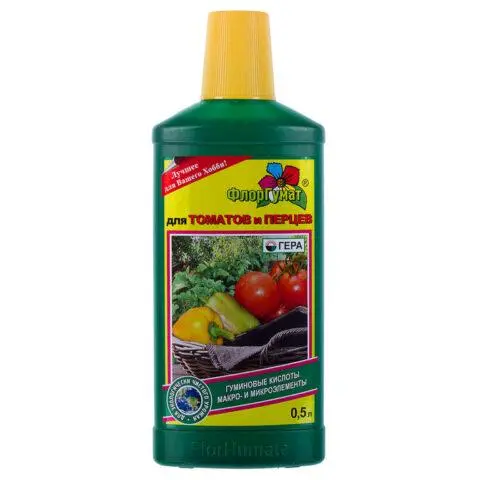
Folk remedies can not always provide northern baby tomatoes with the required macro- and microelements in the right amounts
Northern baby tomato bushes do not need special formation and removal of stepchildren. Their stalk is quite powerful, but it is still recommended to tie fruit brushes as they ripen so that they do not break off.
Pest and disease control
The immunity of northern baby tomatoes is very good. The experience of gardeners shows that there is no fungal disease, which is the “scourge” of the variety. To prevent infection with pathogenic microflora, in most cases, the absence of gross errors in agricultural technology and compliance with the planting scheme is sufficient.
Some gardeners, to make sure, practice seed dressing before planting seedlings in a solution of any fungicide. It is recommended to spray the northern baby tomato bushes and the soil in the garden with the same preparations, if the weather (damp and cool) is favorable for the development of many pathogens for a long time. Treatments are repeated every 1,5-2 weeks.
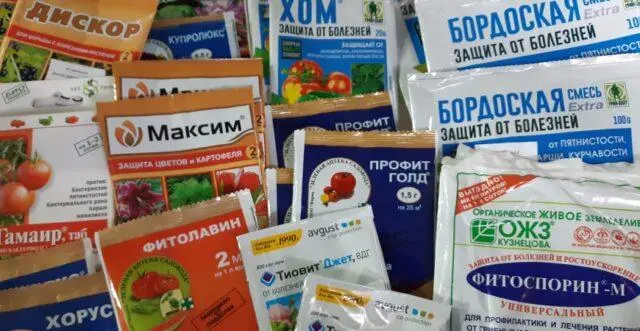
Copper-containing preparations are detrimental to pathogenic fungi
Conclusion
The northern baby tomato was specially created for regions that can be classified as “risk farming zones”. It is characterized by general endurance and “stress resistance”, consistently brings good yields in difficult conditions. At the same time, plants are not picky in care, they rarely get sick. Tomatoes ripen one-dimensional, look very presentable, are distinguished by their versatility and good taste.









